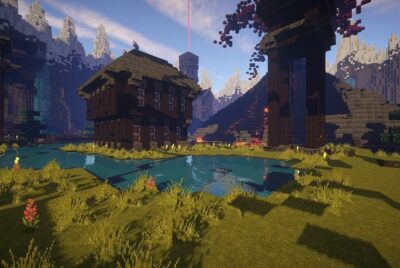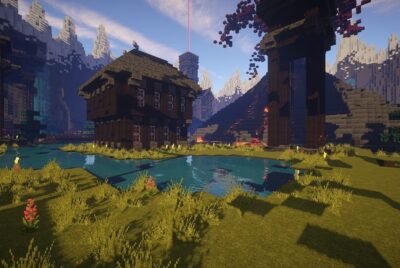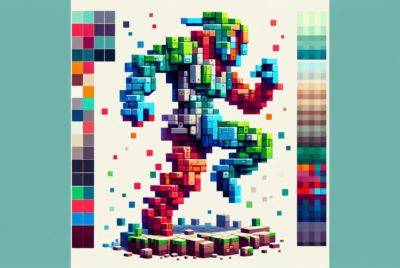Minecraft Datapacks
Ever wondered how we can enhance our Minecraft experience without changing the game completely? One way to do that is through Minecraft Datapacks. Datapacks allow us to modify the gameplay mechanics, introduce new features, and customize the environment of our Minecraft worlds—all without the need for mods.
What Are Minecraft Datapacks?
Basic Definition
Minecraft Datapacks are a feature of Minecraft Java Edition that allow us to modify or add to the game’s features. Introduced in version 1.13, they enable the modification of the game’s elements using simple text-based files. Think of them as lightweight mods that can be added or removed without fuss.
Difference From Mods
While mods require external software or launchers to install and usually manipulate the game’s code, datapacks are more straightforward. They are installed straight into the game’s directory and usually consist of simple files like JSON and functions. This makes them much easier to use and usually ensures a more stable experience for us.
How To Install Datapacks
Installing a Minecraft Datapack is a straightforward process. It involves placing the package into a specific folder within our Minecraft directory.
Step-by-Step Guide
- Download the Datapack: Obtain the datapack you want to use. This typically comes in a
.zipfile. - Locate the Minecraft Directory: Navigate to your Minecraft saves directory. This can be found in:
%appdata%\.minecraft\saveson Windows~/Library/Application Support/minecraft/saveson macOS~/.minecraft/saveson Linux
- Find the Right World: Open the folder of the world you wish to add the datapack to.
- Move the Datapack: Place the
.zipfile into thedatapacksfolder within the world’s folder. - Activate the Datapack: Start the game and open the world. Use the
/datapack listcommand to ensure it’s enabled.
Troubleshooting Installation Issues
Sometimes things don’t go as planned. Here’s a quick troubleshooting guide:
- Compatibility: Ensure the datapack is compatible with your version of Minecraft.
- Folder Structure: Double-check that the
.zipfile structure inside the datapacks directory is correct. It should contain thedataandpack.mcmetafiles directly in the zip’s root.

Crafting Our Own Datapack
Creating our own Minecraft Datapack allows for unparalleled customization. We need to follow a few basic steps to get started.
Essential Tools
- Text Editor: Tools like Notepad++ or Visual Studio Code are great for editing JSON and other text files.
- Minecraft: Access to the game for testing our creations.
Basic Structure
- Create Folder & Files: Make a folder with your datapack’s name in the world’s
datapacksdirectory. Inside, create apack.mcmetafile to describe the datapack and adatafolder to house its contents.
{ “pack”: { “pack_format”: 6, “description”: “Your Datapack Description” } }
- Add Functions: Inside the
datafolder, create another folder namedminecraftand afunctionsfolder inside it. Here we can place our command files with a.mcfunctionextension. - Write Commands: Use plain text to write commands that Minecraft will execute. For example:
say Hello, world!
- Testing: Once you’ve added your commands, restart your game and world. Test your functions using the game’s commands like
/function :.
Popular Uses of Datapacks
Datapacks can be used for various purposes, from quality-of-life improvements to significant game changes. Let’s explore some popular uses.
Quality of Life Improvements
Quality of Life (QoL) datapacks aim to make our Minecraft experience smoother without drastically altering the core gameplay. Here are some examples:
| Datapack | Description |
|---|---|
| Anti-Enderman Grief | Prevents Endermen from picking up blocks |
| AFK Display | Marks players as AFK after inactivity |
| Durability Ping | Alerts players when tools/armor are low |
| Player Graves | Creates a grave with player’s items on death |
New Game Mechanics
Datapacks can also introduce entirely new gameplay mechanics which make Minecraft feel like a new game.
| Datapack | Description |
|---|---|
| One Player Sleep | Allows one player to sleep and skip the night on multiplayer servers |
| Custom Recipes | Adds new recipes for crafting |
| Villager Guards | Adds guards to protect villagers |
| Random Mob Drops | Mobs drop random items instead of their usual loot |
Adventure Maps and Storytelling
For those who love storytelling or want to build elaborate adventure maps, datapacks provide several tools to enhance our narratives.
| Datapack | Description |
|---|---|
| Custom NPCs | Introduces new NPCs with dialog and actions |
| Custom Structures | Generates custom structures in your world |
| Quests and Objectives | Adds quests and objectives for players |
| Event Triggers | Performs actions based on certain conditions or player actions |
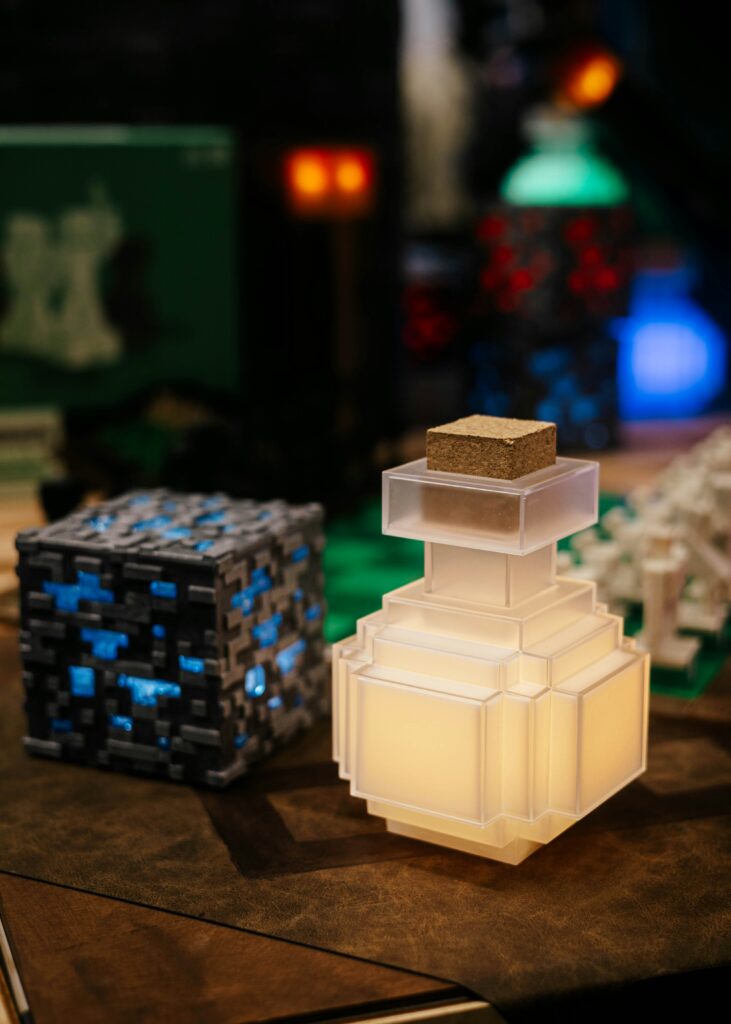
Compatibility and Updates
Keeping our datapacks compatible with the latest Minecraft version can be challenging, especially when significant updates are rolled out.
Keeping Track of Updates
Following these steps can help us stay updated:
- Check Minecraft Changelogs: Review update notes from Mojang.
- Update Datapacks: Go to the creator’s page to see if they’ve released an updated version.
- Community Forums: Engage in community forums like Reddit or Minecraft Forum to see how others are adapting to changes.
Fixing Incompatibility Issues
Occasionally, an update may break our datapack. Here’s what we can do:
- Review Error Logs: Minecraft’s game logs often contain useful error messages.
- Update Functions and Format: Check if any commands or file formats have changed.
- Consult Documentation: Use online resources and documentation to figure out new requirements.
Community and Resources
The Minecraft community is vast and incredibly resourceful. There are numerous places where we can find help, share our creations, or download new datapacks.
Online Communities
Websites and forums provide an excellent platform to interact with fellow Minecraft enthusiasts.
- Minecraft Forum: A comprehensive forum for all things Minecraft.
- Planet Minecraft: A hub for downloading and sharing Minecraft content.
- Reddit: Subreddits like r/Minecraft and r/MinecraftCommands offer community support and ideas.
Learning Resources
To become proficient in creating and using datapacks, learning from tutorials and guides can be beneficial.
- YouTube: Channels like “xisumavoid” and “PhoenixSC” offer countless tutorials.
- Official Minecraft Wiki: Excellent for understanding the game’s mechanics.
- Online Courses: Websites like Coursera and Udemy may offer courses on game development and scripting if we want to go more in-depth.

Advanced Techniques
For those of us who want to push the boundaries, advanced techniques can be explored.
Custom Scripting
We can use custom scripts within our datapacks to bring even more functionality. This involves writing complex functions that run when triggered by in-game events.
JSON and NBT Data
Understanding JSON and NBT (Named Binary Tag) data allows for more intricate changes. JSON is used for defining structures like advancements and loot tables, while NBT data can store detailed information about game entities.
Chaining Functions
We can chain multiple functions together to create complex sequences of commands. This is useful for developing mini-games, simulations, or intricate quest lines.
Best Practices
Following best practices ensures that our datapacks are efficient, compatible, and user-friendly.
Documentation
Document our work. Explain what each part of the datapack does so that we and others can understand it later.
Testing
Extensive testing is vital. Playtest our datapack in different scenarios to ensure it behaves as expected.
Version Control
Keep backups and save different versions. This can be as simple as copying the folder or using version control software like Git.
Community Feedback
Engage the community for feedback. Sometimes others will catch issues we might not notice.
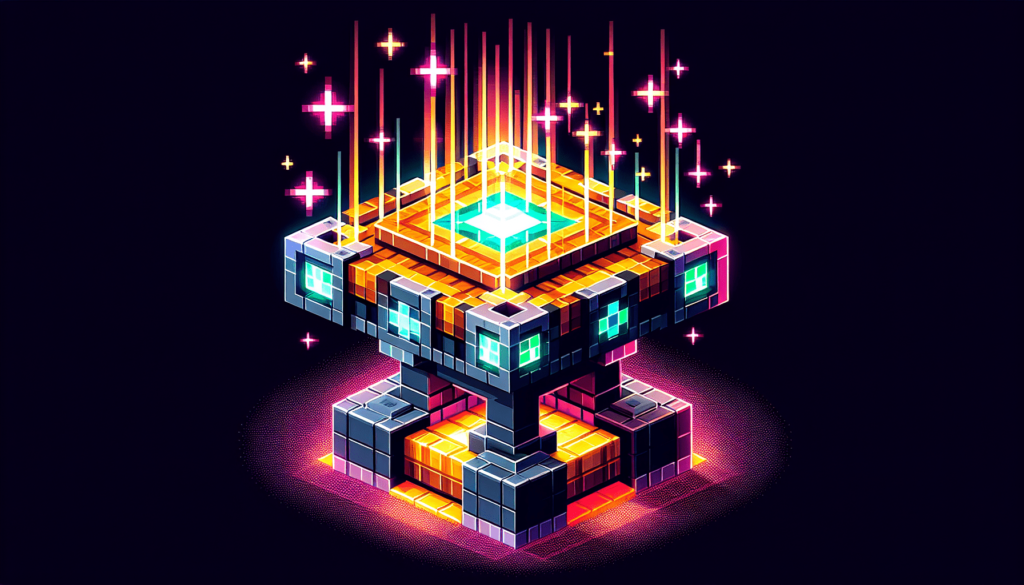
Conclusion
Minecraft Datapacks truly open up a world of possibilities without altering the core game significantly. They offer us the flexibility to customize, enhance, and reinvent our Minecraft experience. From simple QoL improvements to immensely intricate game mechanics and storytelling tools, datapacks cater to all kinds of players and creators.
By understanding what they are, how to install them, and how to create our own, we can significantly augment our Minecraft worlds. Remember, the ultimate goal is to have fun and let our creativity run wild. With the constant support from the Minecraft community and the myriad of resources available, there’s no limit to what we can achieve.



